Duchamp’s Spinning Optical Experiments
Duchamp’s Spinning Optical Experiments
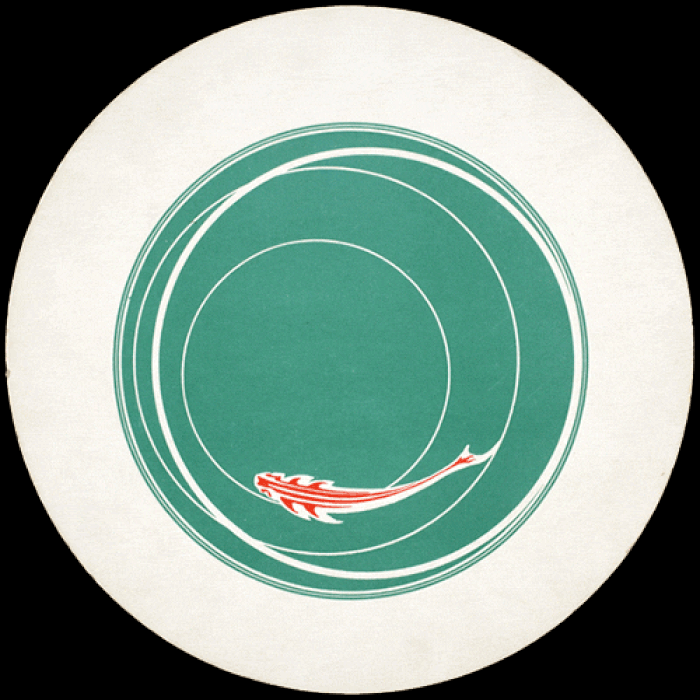
Marcel Duchamp, “Rotorelief No. 5 – Poisson Japonais” (recto) (GIF via televandelist.com)
In 1935, Marcel Duchamp set up a booth at the Concours Lépine, a French fair for inventors promoting their latest gadgets that still occurs to this day. In between a stand of instant vegetable choppers and another of trash compactors, the Surrealist debuted a series of objects merging his interests in science and art: hisRotoreliefs, decorated discs made to spin on a turntable as optical entertainment. While set in motion to create what must have been an eye-catching, dizzying display, the six-disc sets did not receive many rave reviews at the event, where visitors had their eyes on more practical creations; Duchamp ended up selling only two to friends and a single disc to a fairgoer. He did, however, receive an “honorable mention” in the category for industrial arts.

Marcel Duchamp, cover of ‘Minotaure No. 6,’ published by Albert Skira (image courtesy Carnegie Museum of Art, Leisser Art Fund) (click to enlarge)
“He himself admitted their failure as a commercial venture, but they were well received and praised by the scientific community,” Akemi May, assistant curator of fine arts at the Carnegie Museum of Art (CMOA), told Hyperallergic. Of the 500 sets Duchamp made in 1935, 300 were lost during World War II, and one now belongs to CMOA, acquired by purchase this month. Such first-edition sets are rare; other museums that hold them include the Guggenheim and the Detroit Institute of Arts. Later editions include 1,000 published in 1953 by the painter Enrico Donati, who once collaborated with Duchamp on a window display. Of Donati’s sets, 600 were accidentally destroyed.
While meant to hypnotize on a turntable, the discs, made of lithographs printed on paperboard, have no sound accompaniment. Rather, as May said, they represent Duchamp’s ongoing interest in optics. Prior to creating these colorful sets, the artist had made his first optical, kinetic machine, “Rotary Glass Plates (Precision Optics),” in 1920; it placed rectangular, painted glass plates in motion to yield the illusion of rotating circles. There was also “Rotary Demisphere (Precision Optics)” in 1925, another motorized work that spun one hypnotic black-and-white circle around and around. In 1926, Duchamp moved from object to film, collaborating with Man Ray to produce “Anemic Cinema,” a seven-minute clip that alternates between spiraling images and rotating text.
“Duchamp’s ultimate goal with these optical experiments was depth perception and the illusion of 3D,” May said. “When he first started to tell people about the idea of reproducing these designs in print form, he called them a play toy. And, to be fair, the 12 designs he created are more playful than just a spiral for the sake of the 3D effect — they still create the optical illusion but some incorporate recognizable features, like a Japanese koi fish and a hot air balloon.”
With each one printed on both sides, the discs, when set in motion, take on a different dimensionality that just might lure you into a strange slumber. So while they may not have had much commercial success initially, they did feature in experimental films, including Jean Cocteau’s Blood of a Poet (1930) and a dream sequence in Hans Richter’sDreams that Money Can Buy (1947). But Duchamp’s Rotoreliefs are also striking to observe when frozen, adorned as they are with bold patterns and lines. A red and black one that resembles a wormhole was published as the cover of the winter 1935 issue ofMinotaure, the Paris-based magazine that distributed Surrealist artworks and essays between 1933–39. CMOA, which owns the entire archive of Minotaure, hopes to display the magazine together with these recently acquired Rotoreliefs within the next few years.
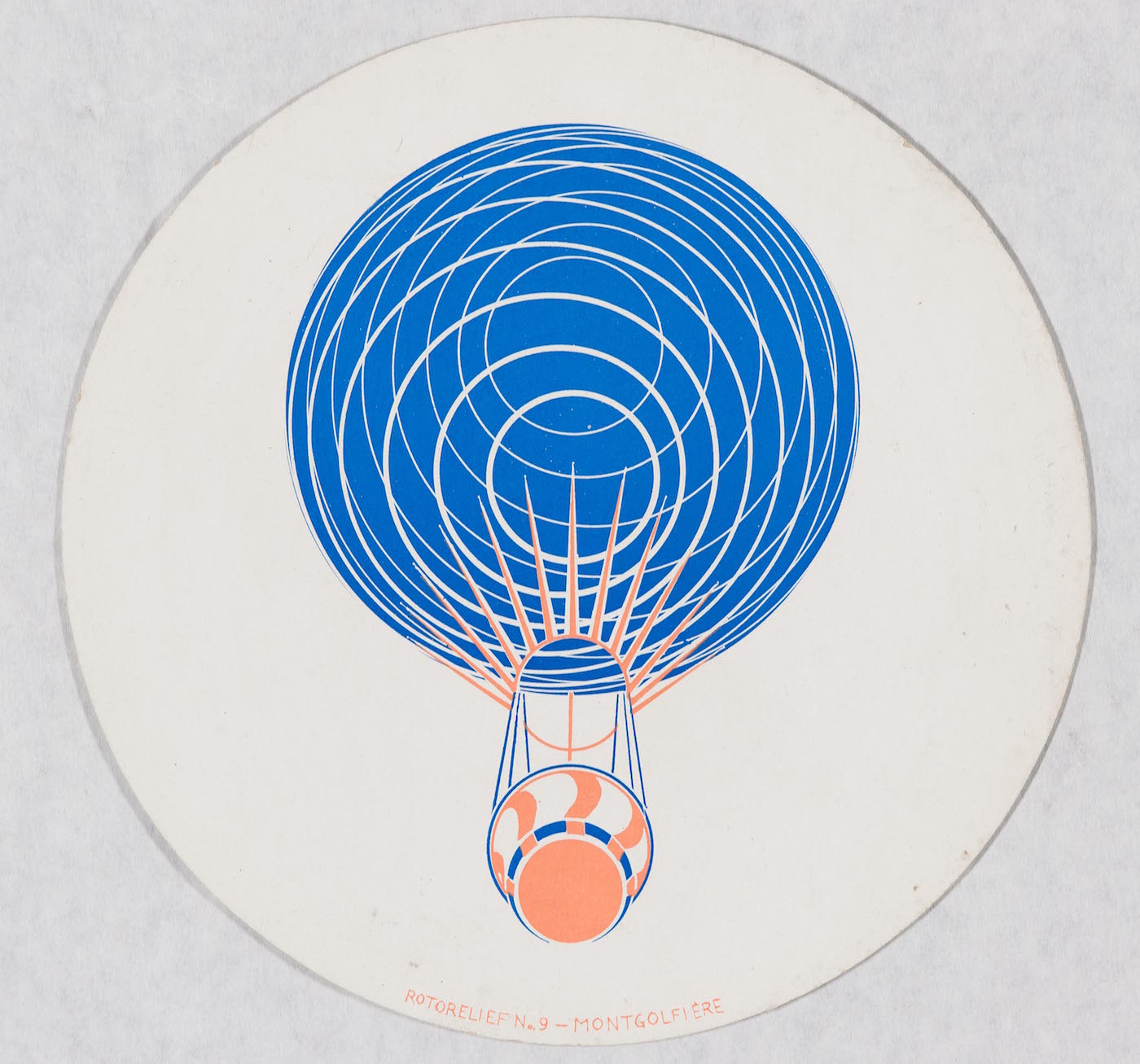
Marcel Duchamp, “Rotorelief No. 9 – Montgolfiere” (recto) (1935) (image courtesy Carnegie Museum of Art, Leisser Art Fund)

Marcel Duchamp, “Rotorelief No. 10 – Cage – Modèle Déposé” (verso) (1935) (image courtesy Carnegie Museum of Art, Leisser Art Fund)

Marcel Duchamp, “Rotorelief No. 1 – Corolles – Modèle Déposé” (recto) and “Rotorelief No.4 – Lampe” (verso) (1935) (image courtesy Carnegie Museum of Art, Leisser Art Fund) (click to enlarge)

Marcel Duchamp, “Rotorelief No. 7 – Verre de Bohême (recto)” and “Rotorelief No. 8 – Cerceaux – Modèle Déposé (verso)” (1935) (image courtesy Carnegie Museum of Art, Leisser Art Fund) (click to enlarge)

Marcel Duchamp, “Rotorelief No. 5 – Poisson Japonais” (recto) and “Rotorelief No. 6 – Escargot – Modèle Déposé” (verso) (1935) (image courtesy Carnegie Museum of Art, Leisser Art Fund) (click to enlarge)

Marcel Duchamp, “Rotorelief No.11 – Eclipse Totale” (recto” and “Rotorelief No. 12 – Spirale Blanche – Modèle Déposé” (verso) (1935) (image courtesy Carnegie Museum of Art, Leisser Art Fund) (click to enlarge)
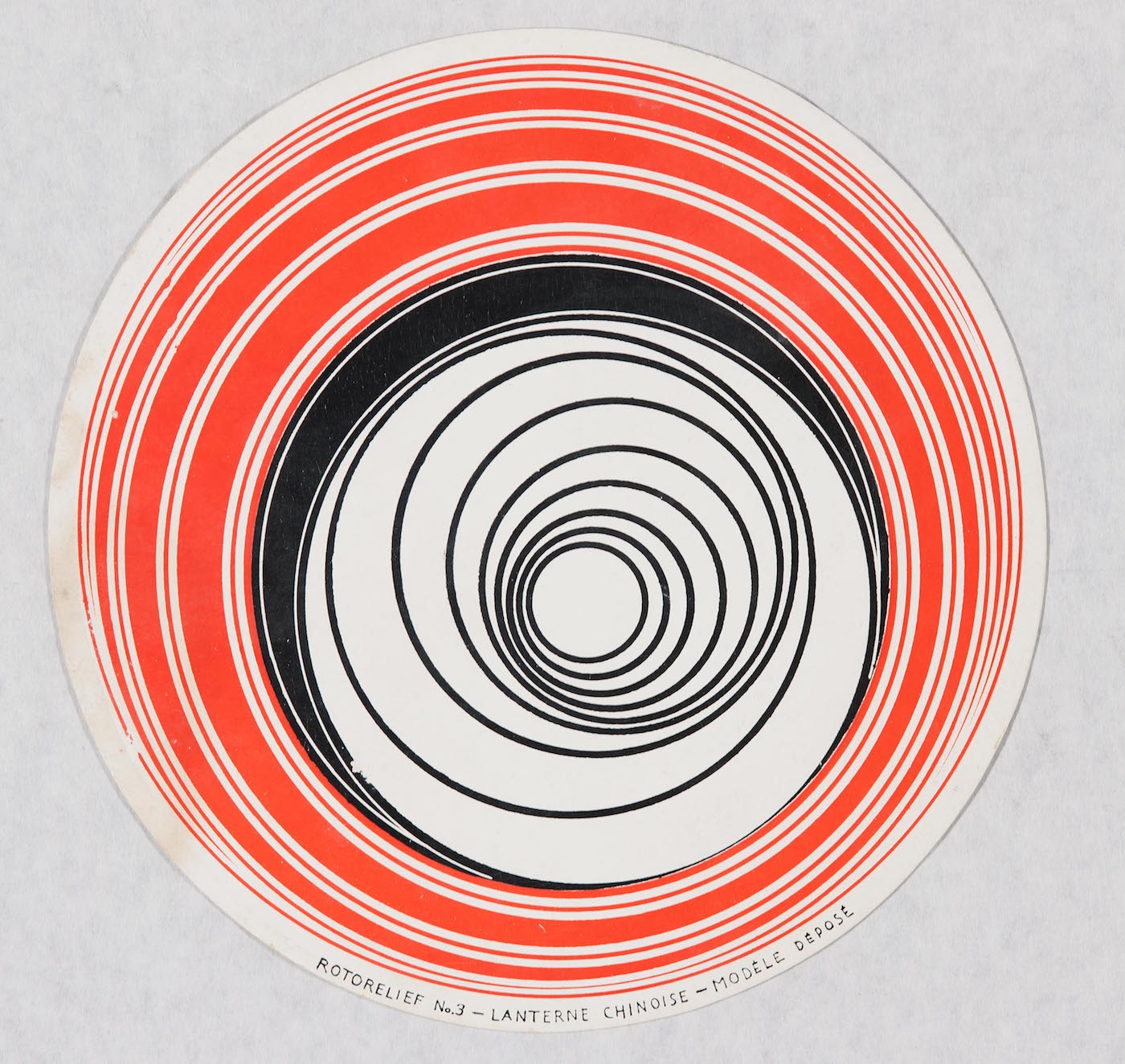
Marcel Duchamp, “Rotorelief No. 3 – Lanterne Chinoise – Modèle Déposé” (verso) (1935) (image courtesy Carnegie Museum of Art, Leisser Art Fund)

Marcel Duchamp, “Rotorelief No. 2 – Oeuf à la coque” (recto) (image courtesy Carnegie Museum of Art, Leisser Art Fund)
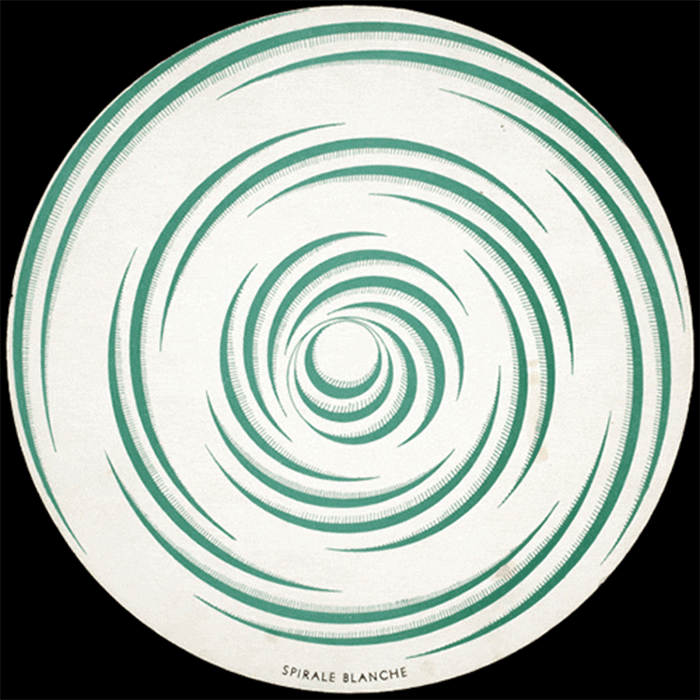
Marcel Duchamp, “Rotorelief No. 12 – Spirale Blanche – Modèle Déposé” (1935) (GIF viatelevandelist.com)

Marcel Duchamp, “Rotorelief No. 6 – Escargot – Modèle Déposé” (1935) (GIF via televandelist.com)
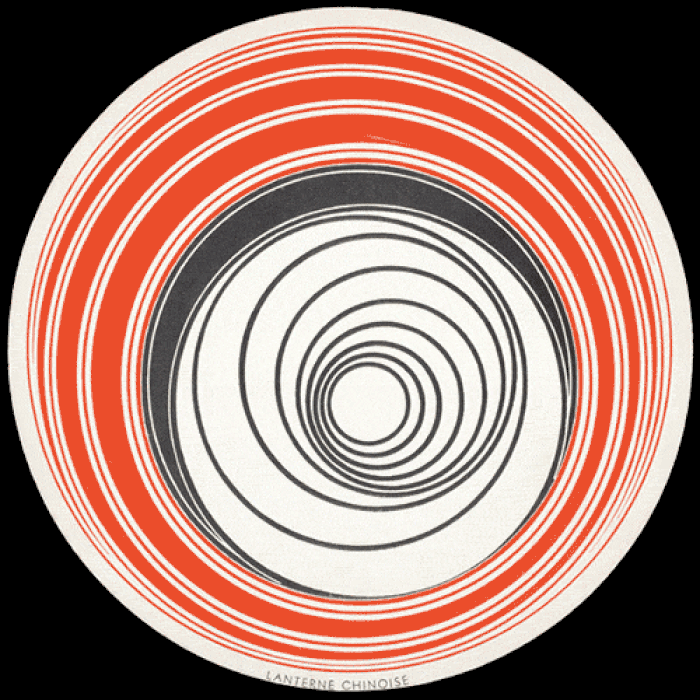
Marcel Duchamp, “Rotorelief No. 3 – Lanterne Chinoise – Modèle Déposé” (GIF viatelevandelist.com)

Marcel Duchamp, “Plastic holder for Rotoreliefs,” (1935) (image courtesy Carnegie Museum of Art, Leisser Art Fund)
Comments
Post a Comment